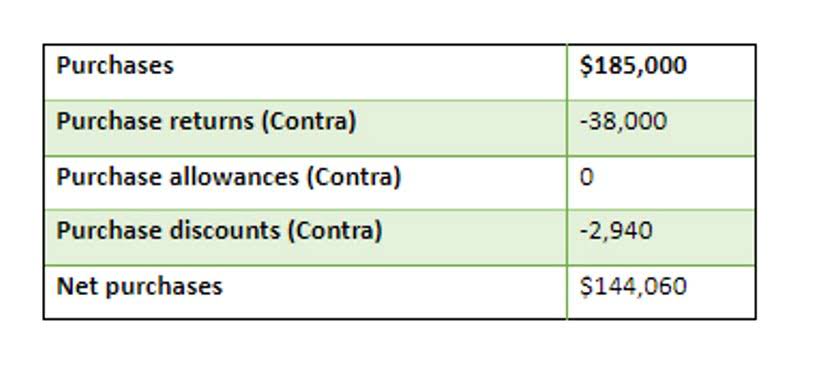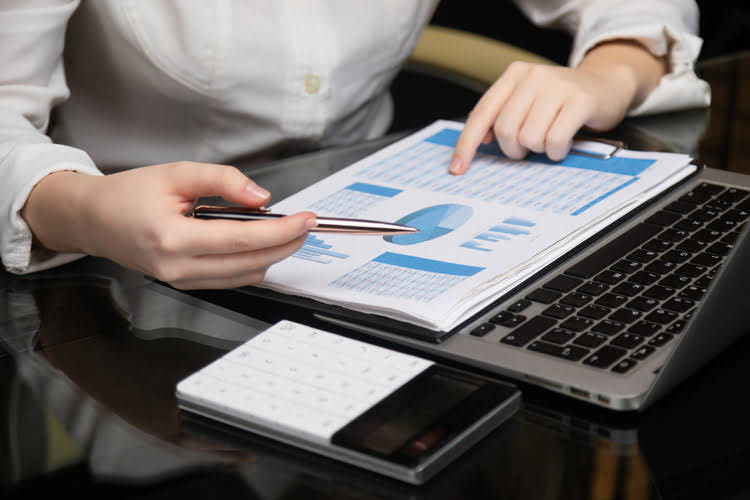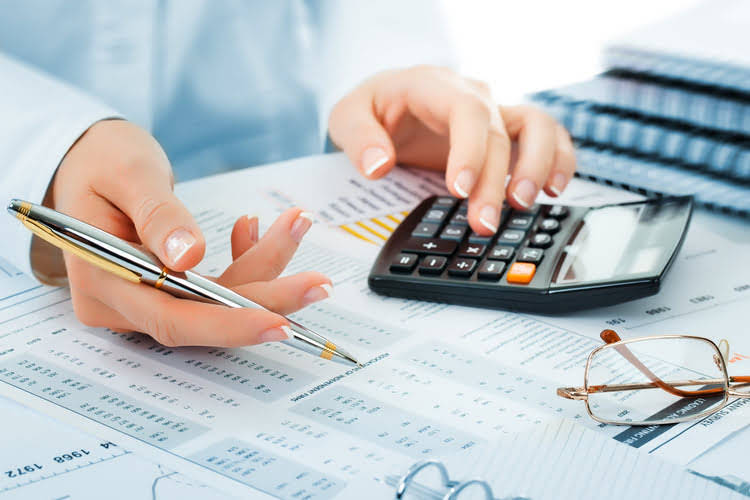
The IRS outlines depreciation schedules for taxpayer use, and a trained accountant can also implement them. Any depreciation of assets creates recurring tax benefits for business, as depreciation can be offset against the business’s income. The cost principle is the idea that companies should value large fixed assets, like real estate and machinery, based on what the company paid for them at the time of acquisition, rather than at their current fair market value. Generally Accepted Accounting Principles (GAAP) and considered a more conservative (and potentially more accurate) way to value large assets. Spread-gain actuarial cost method means any of the several projected benefit actuarial cost methods under which actuarial gains and losses are included as part of the current and future normal costs of the pension plan. Some assets must be recorded on the balance sheet using fair value accounting or at their market price.
- An example would be the acquisition of a block of offices valued at $5,000,000.
- In the case where the value of an asset has been impaired, such as when a piece of machinery becomes obsolete, an impairment charge MUST be taken to bring the recorded value of the asset to its net realizable value.
- One of the primary advantages of the cost principle is its simplicity.
- In addition to the original cost, the accumulated depreciation is recorded.
- The difference of the asset’s current worth and the original cost is recorded as a “revaluation surplus.” This can add net worth to a business over time if assets continue to appreciate.
Navigating Crypto Frontiers: Understanding Market Capitalization as the North Star

While the Cost Principle is a widely accepted accounting concept, it also has its share of limitations and disadvantages. It’s Financial Forecasting For Startups important to acknowledge these drawbacks to have a more comprehensive understanding of its application and potential implications in financial reporting. The Cost Principle, also known as the Historical Cost Principle, is an accounting concept that requires assets to be recorded at their original cost when they are acquired.

Q5: Is the Cost Principle the same as Historical Cost Principle?
It levels the playing field and precludes manipulation based on market price movements, thereby reducing the possibility of errors and deception in financial reporting. It’s also used as a measure in determining depreciation of assets over time, or when assessing impairment of assets. The cost principle means items need to be recorded as the actual price paid. It is the same way when the cost principle is used a buyer buys products, and the recording is done based on the price paid.

Advantages of the Historical Cost Principle in Accounting

Appreciation and depreciation are two financial principles that apply to all assets. However, using specific accounting techniques listed below, they can be taken into account. They don’t have the opportunity to gain value like long-term assets do. Some long-term assets that need to fall under the cost principle are heavy machinery and equipment.
Effects of the Principle on the Calculation of Taxable Income
While historical cost accounting provides a reliable and consistent basis for financial reporting, it may not always reflect the economic reality of a company’s assets and liabilities. To address this, investors and analysts may adjust the financial statements, such as using fair value accounting, to reflect the current market value of assets and liabilities. The historical cost principle is an accounting concept that requires assets and liabilities to be recorded and fixed assets reported in a company’s financial statements at their original cost when they were acquired or incurred. In other words, the principle states that the value of an asset is determined by the amount paid for it at the time of acquisition, and this value remains the same until the asset is sold or disposed of. The historical cost principle is a widely used accounting convention for valuing property, plant, and equipment. When a company purchases a building or equipment, the cost is recorded on the balance sheet at its original cost, the price paid, plus any costs incurred to bring the asset into service.
